Introduction to Chromium-Doped Laser Crystals
In the world of laser technology, Chromium-doped Yttrium Aluminum Garnet (Cr4+:YAG) and Chromium-doped Yttrium Scandium Gallium Garnet (Cr4+:YSGG) have emerged as two of the most promising contenders. These crystals, known for their superior laser performance, have found extensive applications in various fields, notably in medical and dental sectors.
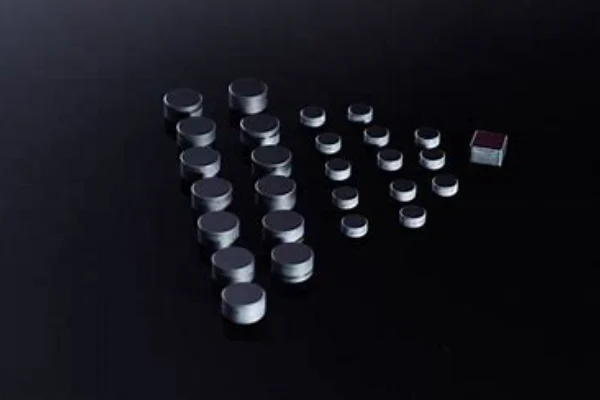
Understanding Chromium-Doped Crystals
The process of doping, specifically chromium-doping, involves the introduction of chromium ions (Cr4+) into the crystal lattice of the host material. This process enhances the crystal’s optical properties, making it suitable for laser applications. The enhanced optical properties are a result of the interaction between the chromium ions and the host crystal lattice. This interaction alters the electronic structure of the crystal, creating new energy levels within the bandgap of the host material. These new energy levels are responsible for the absorption and emission characteristics of the doped crystal, which are crucial for its operation as a laser medium.
Cr4+:YAG, a passively Q-switched crystal, has gained popularity due to its high damage threshold and broad absorption band. The high damage threshold of Cr4+:YAG means that it can handle high-power laser operations efficiently. This property is particularly beneficial in industrial applications, where lasers are often subjected to harsh conditions.
The broad absorption band of Cr4+:YAG, ranging from 900 to 1200 nm, makes it compatible with a wide array of laser diodes. This compatibility is a significant advantage as it allows for the use of different types of laser diodes, thereby increasing the versatility of the laser system. Furthermore, Cr4+:YAG is known for its excellent thermal and chemical stability, making it a reliable choice for high-power laser systems.
On the other hand, Cr4+:YSGG is a versatile laser medium that operates efficiently in both continuous wave and pulsed regimes. The ability of Cr4+:YSGG to operate efficiently in both these regimes is a significant advantage. In the continuous wave regime, it can produce a steady output of laser light, which is useful in applications such as laser cutting and welding. In the pulsed regime, it can generate intense bursts of light, which are useful in applications like laser marking and engraving.
Furthermore, Cr4+:YSGG’s unique spectroscopic properties, coupled with a broad emission spectrum, make it an attractive choice for various applications. The broad emission spectrum of Cr4+:YSGG, spanning from 1350 to 1600 nm, allows for versatile applications, including tunable laser systems. This wide range is a significant advantage as it allows the laser system to be tuned to different wavelengths, thereby increasing its versatility.
Both Cr4+:YAG and Cr4+:YSGG have proven to be formidable contenders in the realm of chromium-doped laser crystals. Their unique properties and versatile applications have paved the way for advancements in various fields, particularly in the industrial, medical, and dental sectors. As research continues, we can expect to see even more innovative applications of these remarkable materials.
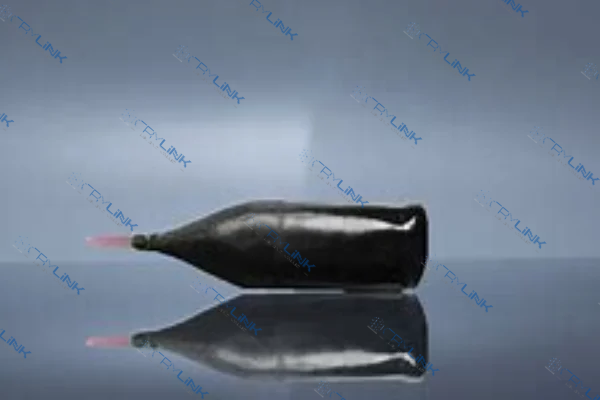
Comparing Laser Performance
The performance of a laser crystal is a critical factor in determining its suitability for various applications. In this context, Cr4+:YAG and Cr4+:YSGG have shown remarkable performance characteristics that make them stand out in the field of laser technology.
Cr4+:YAG is renowned for its high damage threshold. This property allows it to handle high-power laser operations efficiently, making it a preferred choice for applications that require high power output. The high damage threshold of Cr4+:YAG is a result of its robust crystal structure, which can withstand high-intensity laser operations without significant degradation. This characteristic is particularly beneficial in industrial applications, where lasers are often subjected to harsh operating conditions.
In addition to its high damage threshold, Cr4+:YAG also boasts a broad absorption band, ranging from 900 to 1200 nm. This wide absorption band makes it compatible with a wide array of laser diodes, thereby increasing the versatility of the laser system. The broad absorption band of Cr4+:YAG is a result of the unique electronic structure of the chromium ions in the crystal lattice, which allows for the absorption of light over a wide range of wavelengths.
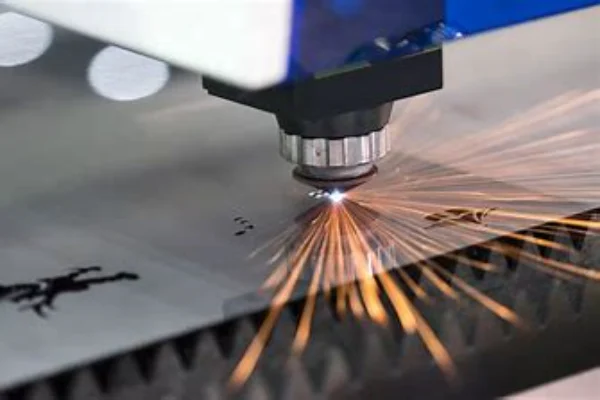
Furthermore, Cr4+:YAG exhibits excellent thermal stability. This property ensures consistent performance even under demanding conditions, making it a reliable choice for high-power laser systems. The thermal stability of Cr4+:YAG is a result of its robust crystal structure, which can withstand high temperatures without significant degradation.
On the other hand, Cr4+:YSGG stands out for its broad emission spectrum, spanning from 1350 to 1600 nm. This wide range allows for versatile applications, including tunable laser systems. The broad emission spectrum of Cr4+:YSGG is a result of the unique electronic structure of the chromium ions in the crystal lattice, which allows for the emission of light over a wide range of wavelengths.
In addition to its broad emission spectrum, Cr4+:YSGG also exhibits high efficiency in both continuous wave and pulsed operations. This property further enhances its appeal as a laser medium. The high efficiency of Cr4+:YSGG in both continuous wave and pulsed operations is a result of its unique spectroscopic properties, which allow for efficient conversion of pump light into laser light.
In conclusion, both Cr4+:YAG and Cr4+:YSGG exhibit remarkable performance characteristics that make them stand out in the field of laser technology. Their unique properties and versatile applications have paved the way for advancements in various fields, particularly in the industrial, medical, and dental sectors. As research continues, we can expect to see even more innovative applications of these remarkable materials.
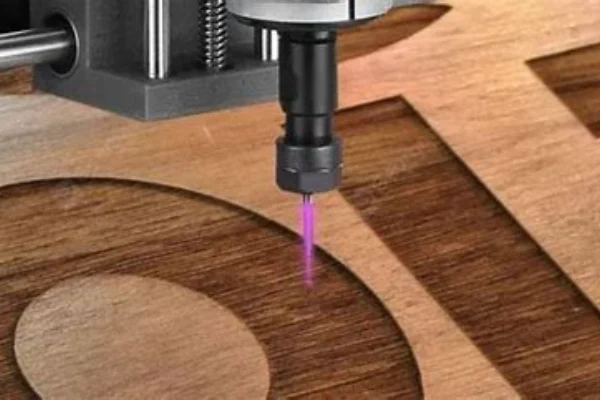
Suitability for Medical and Dental Applications
In the realm of laser technology, the unique properties of Cr4+:YAG and Cr4+:YSGG have opened up new possibilities in other medical fields as well. For instance, in the field of oncology, these lasers are being explored for their potential in cancer treatment. The high power output and precision of these lasers could potentially be used to target and destroy cancer cells without harming surrounding healthy tissues.
In the field of neurology, Cr4+:YAG and Cr4+:YSGG lasers are being investigated for their potential use in neurosurgery. The precision and control offered by these lasers could potentially improve the outcomes of delicate neurological procedures.
In the field of cardiology, these lasers are being explored for their potential in procedures such as angioplasty. The high power output and precision of these lasers could potentially be used to clear blocked arteries with minimal damage to surrounding tissues.
In addition to their medical applications, Cr4+:YAG and Cr4+:YSGG are also being explored for their potential use in biomedical research. The unique properties of these lasers could potentially be used to study cellular processes, protein dynamics, and other biological phenomena at a molecular level.
In the field of dentistry, beyond the conventional procedures, Cr4+:YSGG is being investigated for its potential in orthodontics. The precision and control offered by this laser could potentially improve the outcomes of orthodontic procedures, such as the correction of malocclusions.
Furthermore, in endodontics, Cr4+:YSGG is being explored for its potential in root canal treatments. The laser’s ability to ablate tissues with minimal thermal damage could potentially improve the outcomes of these procedures, making them less invasive and more comfortable for patients.
In conclusion, the unique properties and versatile applications of Cr4+:YAG and Cr4+:YSGG have made them valuable tools in the medical and dental fields. As research continues, we can expect to see even more innovative applications of these remarkable materials. Their potential to revolutionize treatment procedures and improve patient outcomes is immense, and the future of these chromium-doped laser crystals in the medical and dental fields looks promising.
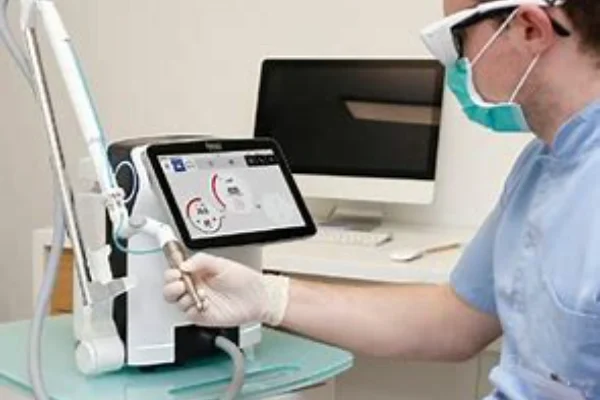
Conclusion
In conclusion, Cr4+:YAG and Cr4+:YSGG, as chromium-doped laser crystals, have made significant strides in the laser technology industry. Their unique properties, such as high damage thresholds, broad absorption and emission bands, and excellent thermal stability, have made them ideal candidates for various applications, particularly in the medical and dental fields. Their ability to operate efficiently in both continuous wave and pulsed regimes has further broadened their application scope. As we continue to explore and understand these materials better, we can anticipate more innovative applications and advancements in the future. The potential of these chromium-doped laser crystals is immense, and they are set to revolutionize the way we use lasers in various sectors.
Frequently Asked Questions
- What is chromium-doping?
Chromium-doping involves introducing chromium ions (Cr4+) into the crystal lattice of the host material to enhance its optical properties. - What makes Cr4+:YAG suitable for high-power laser systems?
Cr4+:YAG’s high damage threshold and excellent thermal stability make it suitable for high-power laser systems. - Why is Cr4+:YSGG preferred for dental surgeries?
Cr4+:YSGG’s efficient and precise cutting action, along with its ability to ablate both hard and soft tissues, makes it ideal for dental surgeries. - How does the laser performance of Cr4+:YAG and Cr4+:YSGG differ?
Cr4+:YAG is known for its high damage threshold and broad absorption band, while Cr4+:YSGG stands out for its broad emission spectrum and high efficiency in both continuous wave and pulsed operations. - What are some applications of Cr4+:YAG and Cr4+:YSGG in the medical field?
Cr4+:YAG is often used in dermatology for skin resurfacing and tattoo removal, while Cr4+:YSGG is widely used in dental surgeries.

Frank
Frank graduated from the University of Shanghai for Science and Technology, majoring in optics. As a technical engineer at Crylink Company, he deeply understands crystal materials and laser components.
Related Video(s) with this Article
Related Product(s) with this Article
Related Application(s) with this Article
